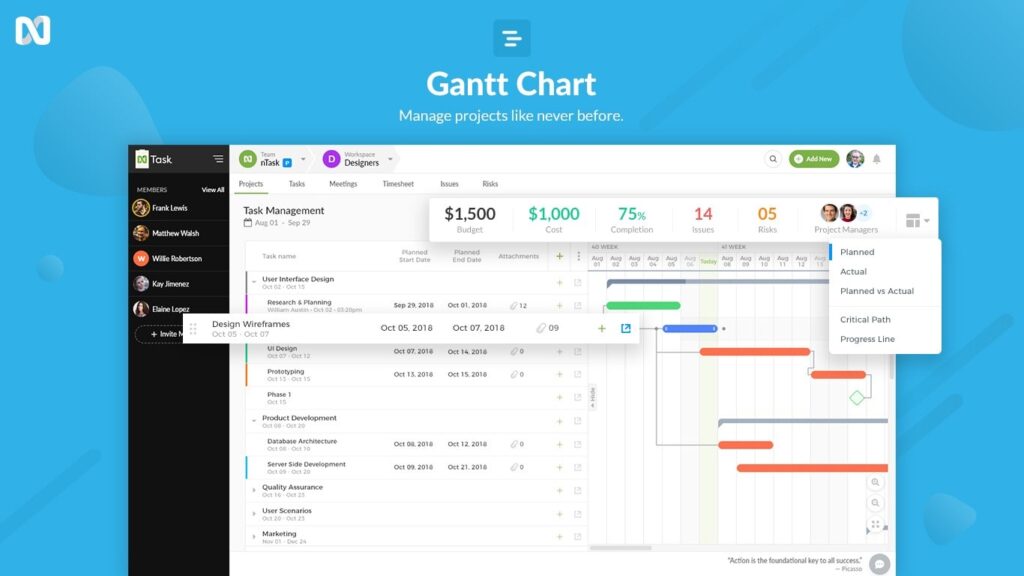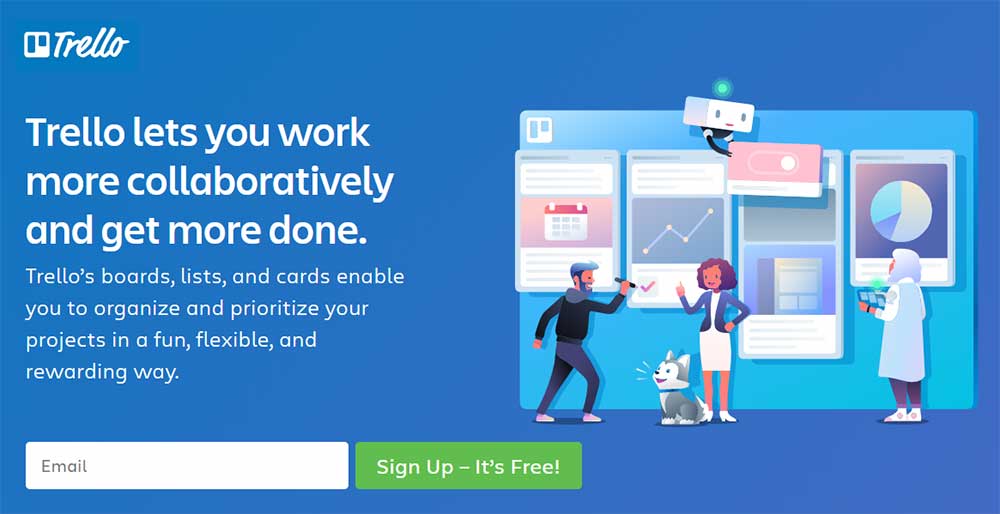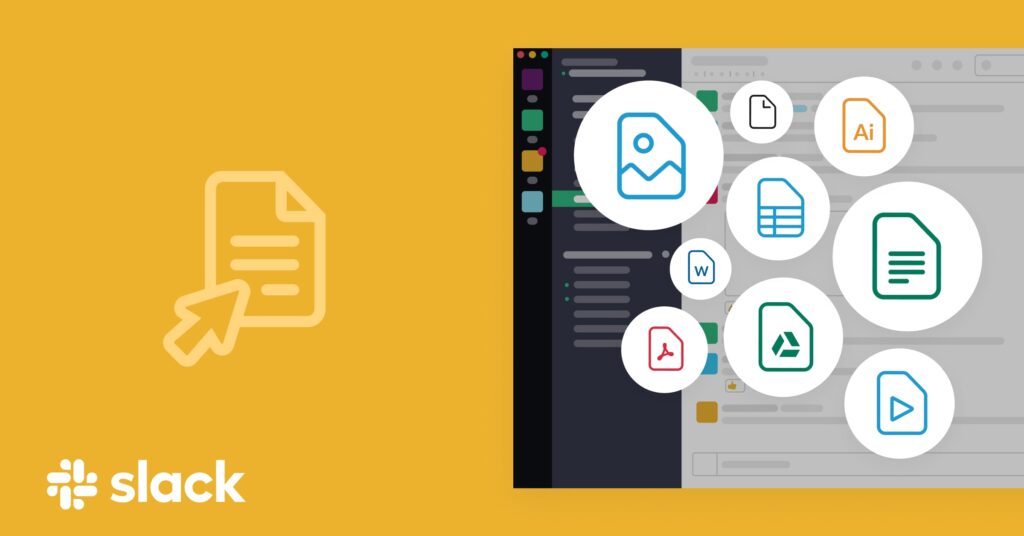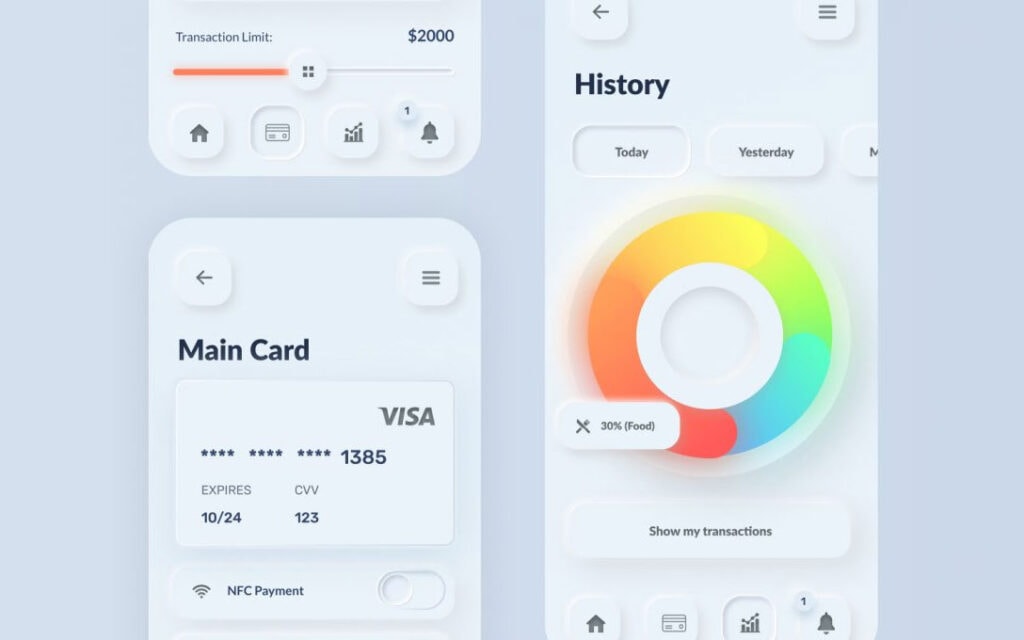
07 Jan The 11 Must-Haves For Any Software Development Company
The 11 Must-Haves For Any Software Development Company
Successful software development depends on having the right people and skillsets for the work, but it depends heavily on the tools and processes you have in place.
These include facilitating collaboration, planning and executing projects, deploying and managing models and a range of web design and digital marketing capabilities to get your product in front of customers and convince them to buy. As our backdrop, below are the 11 must-haves for any software development company.
1 – Model Deployment Capabilities
One of the most significant challenges that data scientists and machine learning engineers will face during the development lifecycle is automating the deployment of machine learning models.
Because models can only offer value to an organisation if end-users have access to insights regularly, ML practitioners must understand how to deploy their models as quickly and efficiently as feasible.
Understanding how end-users should interact with a model’s predictions is the first step in choosing how to deploy it.
2 – Development Planning Tools

Your requirements gathering, planning and design, and research and development are the three critical components of Software Development Planning.
The first phase is the gathering information stage, which requires that the team understand the challenges and interact with stakeholders to define the product’s requirements.
Customers are usually major stakeholders; therefore, when utilised with a small target market sample, focused tests may be an excellent approach to clarifying crucial topics.
The team defines critical dependencies and sets out the sequence in which features should be built during the Planning and Design phase while considering the stakeholders’ priorities established during the requirements phase.
Features are divided down into smaller jobs so that they may be calculated more precisely. This method, in Agile development words, establishes the initial backlog.
The Research and development stage, or prototyping, occurs in tandem with the planning phase. When important features are new to the team, vital to the product, or hazardous, you should study how they will be implemented to mitigate risk during the production phase, focusing on developing the program.
3 – Text Editor
A text editor is computer software that allows you to edit plain text. Following the name of Microsoft Notepad, such products are sometimes referred to as “notepad” software.
Text editors are included with most operating systems and software development packages, and you may use them to edit files like configuration files, documentation files, and programming language source code.
Many developers may create even the most complicated web apps using only a trusted text editor. A decent, robust text editor will suffice whether you’re building a site from the ground up, changing a CSS file, or fiddling with server configuration files.
4 – Cloud Workspaces
The number of hours is no longer used to measure productivity in today’s world. Instead, there has been a fundamental shift in assessing a person’s productivity.
The most important criterion is how efficiently and successfully an organisational or team task was carried out. Employee collaboration is a top priority in any virtualised environment.
Employees in the same functional area or cross-functional teams may keep close communication thanks to a safe and unified platform.
Another reason to invest in a cloud workspace as a software developer is cost control. When your infrastructure is virtualised, you need a few IT resources to keep it running.
As a result, the fixed and operating costs component will be reduced, freeing up cash for more productive endeavours.
There are also security reasons. A virtualised and unified architecture is significantly more straightforward to protect than an on-premise system. It completely removes the requirement for on-premise data centre physical security, for starters.
A single data repository is significantly more straightforward to safeguard than data distributed over various endpoint devices and physical locations for cyber security. This is something to consider in the world of remote work, with development teams often dispersed.
5 – Project/Task Management

Project management software aids in the planning, managing, and tracking of work for various projects.
Project management tools are required to ensure developers and managers can keep the software development cycle on track. This guarantees that the software development company can deliver a product on time, on budget, and without mistakes.
Project management software for development teams facilitates the management of tasks, sharing files, managing timetables, bookkeeping and invoicing, analytics and reporting, and tracking bugs, errors, and other issues.
As projects become more complicated and there are more moving parts and people involved, it is increasingly important to have good project management software on your side.
6 – Automation Testing Tool
Although every software development company carefully goes over its products, deployed software inevitably includes flaws.
Even with the most remarkable manual testing techniques, they inevitably creep in and return, even if test engineers try to catch them before the product is delivered.
The greatest method to improve the efficacy, productivity, and coverage is to use test automation tools.
A human that sits in front of a computer does manual software testing by methodically reading through program screens, experimenting with various use and input combinations, comparing the outcomes to the intended behaviour, and recording their findings.
Manual tests are often done during development cycles for source code changes and additional scenarios such as numerous operating systems and hardware configurations.
An automated testing tool may perform pre-recorded and predetermined activities, compare the outcomes to expected behaviour, and communicate the success or failure of manual tests to a test engineer.
Once automated tests are built, they may be readily replicated and extended to perform things that would be hard to accomplish manually. As a result, astute managers have discovered, automated software testing is a critical component of successful development projects.
Automated software testing has long been deemed essential for large software development companies, but it is sometimes perceived as too costly or complex to adapt for smaller businesses.
7 – File Sharing

A software development company can cut administrative costs by storing and exchanging files online. You don’t need to invest in massive hard disks, an internal server, or other relevant equipment with platforms like FileCloud.
You won’t have to pay for couriers to send files to clients or coworkers located elsewhere. The best thing is that cloud solution is available for every business, whether a small startup or a large corporation.
As a result, developers can concentrate their resources on more urgent issues to boost efficiency and production.
One of the most salient advantages of online information storage and sharing is the ease of collaborating. You can instantaneously transfer files, access information, and prevent unwanted delays.
But that’s not all; you can work from anywhere and collaborate with developers from all around the world in real-time. Physical location no longer hinders your drive to assemble the most incredible team possible.
Developers can carry out their responsibilities anywhere as if they were in the office. This has a significant impact on an organisation’s overall efficiency.
8 – Good Web Design
Your audience’s first impression of your business and products occurs when they visit your website. People tend to make snap judgements about the companies they do business with within a matter of seconds, so you want to make a favourable impression on your audience as quickly as you can to avoid having them leave your site and increasing your bounce rate.
Your visitors will have a poor perception of your company if your website is ugly or outdated, or difficult to navigate or use on different screen sizes and browsers.
You’ll lose out on leads since they’ll go to a competitor’s page instead of yours, which is increasingly easy nowadays as many software offerings explode.
The way your audience views your brand is influenced by, among many things, your web design. The first impression someone gets from your site will determine whether they stay on your page and learn more about your business or decide to leave and go to a competitor’s.
9 – SEO
The top-ranking page in the SERPs usually gets 50 per cent of the clicks. The rest of the time, it’s the other pages that show up on a search engine’s first page.
Your software firm will stand out above other significant industry competitors if you have a strong SEO plan in place to rank your content on search engines.
To have a successful SEO strategy, you don’t need to spend tens of thousands of dollars marketing your software services. If you are willing to put in the time to learn the basics, you can start building out your company’s SEO strategy on your own.
By making sure your website is one of the first ones seen by people performing organic searches, you increase your base of leads and potential conversions.
If your content isn’t high-quality and your website isn’t user-friendly, it won’t rank on Google. SEO is about far more than keyword density; it’s also about how well your website can give great content to its visitors and whether or not it’s user-friendly.
Your software website should include content that engages and delivers value to your readers. The two most crucial signals utilised by Google to rank your website for search are high-quality content and link development.
10 – Good Graphic Design

Likely, at least several other companies in your market space or niche are developing and selling something almost identical to you.
It might even be at the same price point, with the same benefits, and so on. With that in mind, how can you differentiate yourself from the competition?
You differentiate yourself through your design. Take, for example, SaaS products that are comparable in price and function but have quite a distinct web and product material design. One is more appealing to the eye than the other. Most likely, a visitor will be drawn to the brand that appeals to them aesthetically.
People have what is often referred to as a beauty bias, which leads them to believe that beautiful, eye-catching things are superior, regardless of whether they are. We prefer the attractive design, including colours and fonts, when everything else is equal because it indicates better performance.
11 – A Standout Logo Design
One of the most critical business and website aspects to consider is your logo design. While designing a logo may not be at the top of your priority list as you get your software business off the ground, it is an essential component of building a successful brand.
In addition to a good reputation garnered through the development of solid products and social signals confirming your quality, your logo can help you establish a powerful first impression and grow your consumer and client base. People often make purchasing decisions on the logo alone.
Your logo is also essential to consider because it is typically the first thing visitors to your site or viewers of your advertisements will see.
As the face of your company, it’s critical that you make an excellent first impression, or customers will look elsewhere. Learning to develop a logo should be your first step since creating an eye-catching design will get your audience’s attention.
You can use one of the various free logo development tools on the web, one that comes with your web host’s software, or, if you have the budget, you can pay a professional graphic designer to create something unique for you.
Conclusion
Successful software development is as much about having the right people with the right skills as having the right tools, processes and website features in place to make sure people choose you over the considerable competition.
The technical skills and intricate knowledge are the fuel that allows you to run the machinery, but you need to have the machinery in place to begin with.
Keep the above steps and features of an excellent software development company in mind and ensure that you turn out great products.
The post The 11 Must-Haves For Any Software Development Company is by Stuart and appeared first on Inkbot Design.


